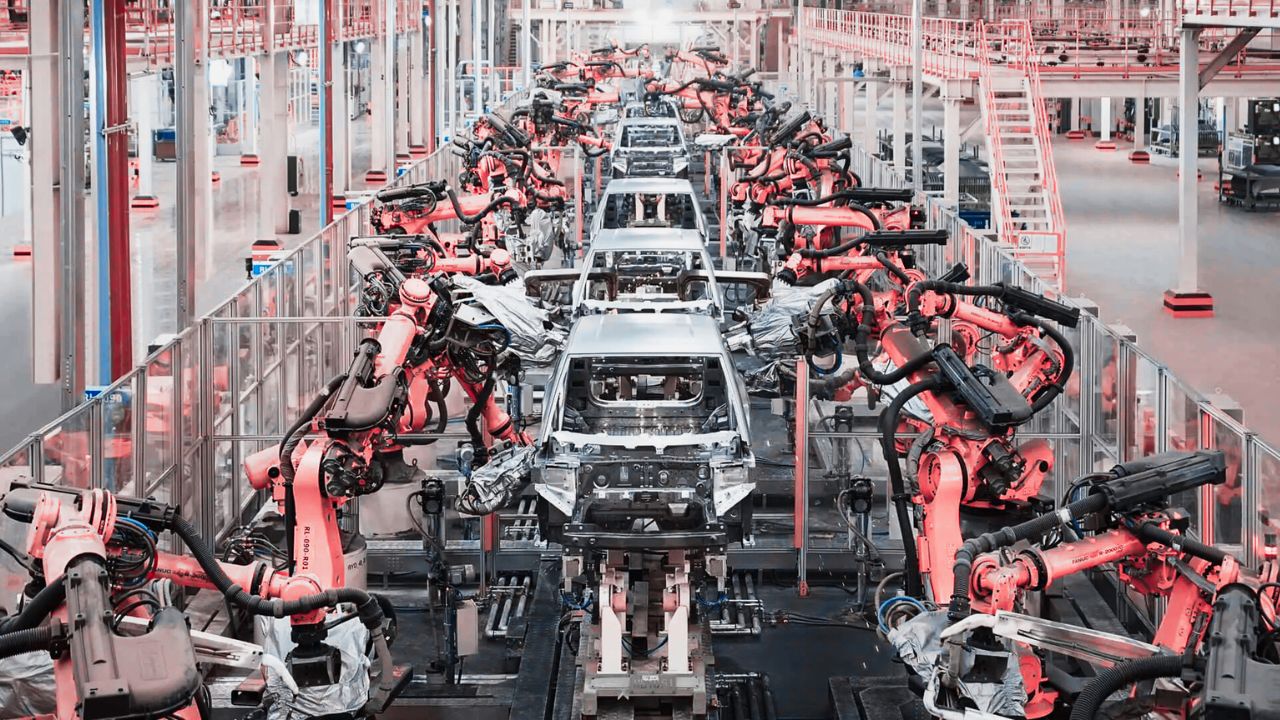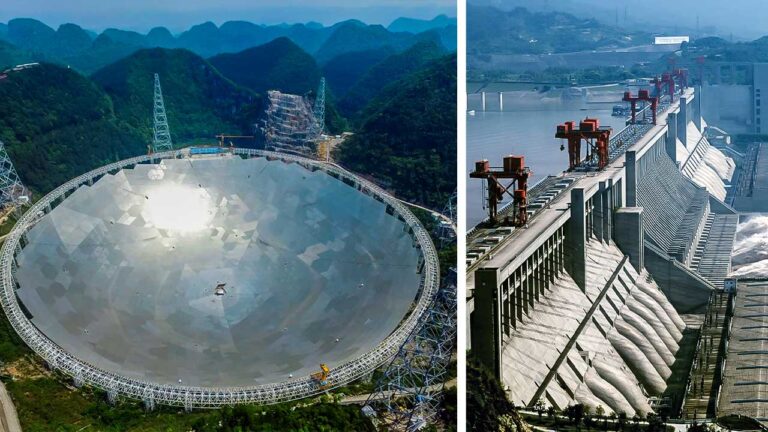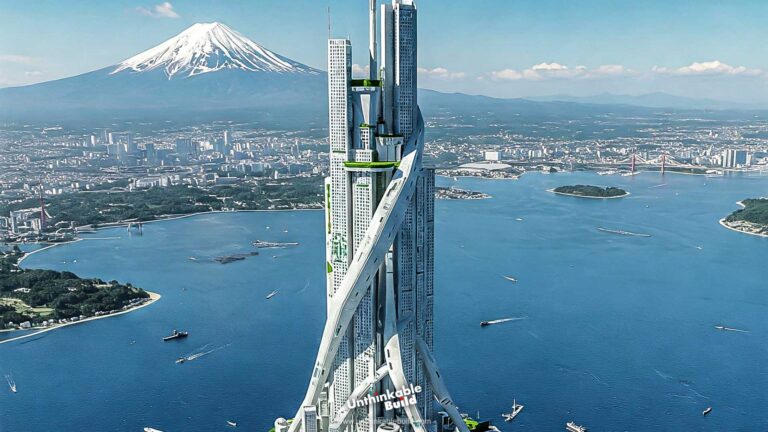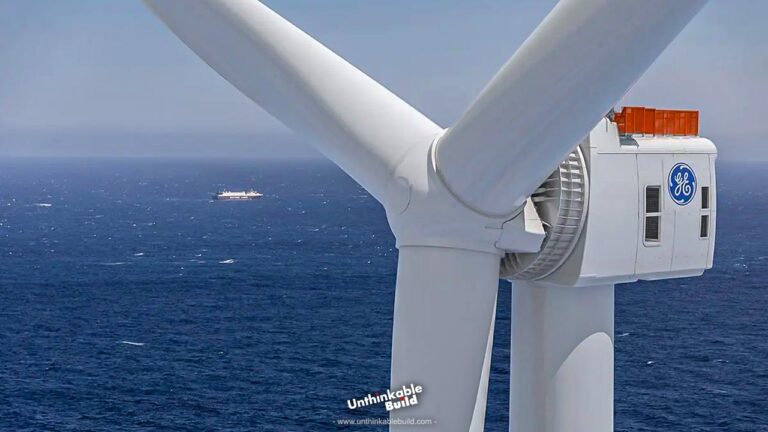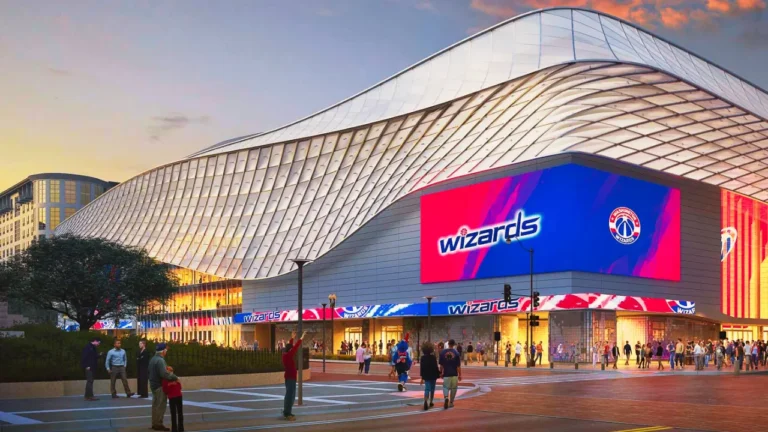Inside BYD’s $10 Billion Megafactory That Builds a Car Every 30 Seconds
Imagine standing at the edge of a manufacturing complex so massive it stretches beyond the horizon. You’re not in a city you’re inside one. This is BYD’s electric vehicle (EV) megafactory in Zhengzhou, China. Covering over 130 square kilometers, it’s not just the largest EV factory on Earth; it’s a self-sustaining industrial metropolis with the power to redefine global transportation. Earlier, we talked about Sweden’s Northvolt Ett Gigafactory, which is revolutionizing Europe’s EV industry.
This place doesn’t rest. Every 30 seconds, a brand-new electric car rolls off its assembly line. I’ve never seen a production site feel this alive an overwhelming rhythm of steel, software, and speed.
From Battery Cells to Global Domination
BYD’s journey didn’t begin with cars. In 1995, it started by manufacturing rechargeable batteries for mobile phones. While that may seem like a modest entry point, it was a calculated step. BYD’s founder, Wang Chuanfu, recognized the rising importance of energy storage long before the rest of the auto industry caught up.
By 2003, BYD took a leap others dismissed as foolish. It acquired Xi’an Qinchuan, a failing state-owned carmaker. Critics scoffed at the idea of a battery company attempting to make cars. But Wang wasn’t chasing trends he was building the future. He envisioned a world where batteries wouldn’t just power phones but move people and cities.
At first, BYD produced gasoline vehicles to gain a foothold in the market. Then came hybrids. By 2022, the company fully exited internal combustion engine production, going all-in on electric. This decision placed it ahead of every legacy automaker and even its main rival, Tesla.
In 2024, BYD’s revenues surged to $107 billion. It became the world’s top EV manufacturer by sales, delivering over 3 million electric vehicles globally. The Zhengzhou factory is the next step in that expansion.
Inside Zhengzhou: The Heart of BYD’s Industrial Empire
Zhengzhou isn’t just a factory it’s a turning point. Located in China’s Hunan Province, the facility is being developed in eight sequential phases. As of mid-2025, five phases are already complete and operational. When fully finished, the site will cover more land than Manhattan, with production output crossing one million vehicles a year.
Sixteen fully automated production lines run around the clock. AI software orchestrates every task, from welding the chassis to installing the Blade Battery system. These robots don’t just assemble they learn. Machine vision and predictive analytics optimize every weld, every torque, and every quality check in real-time.
At full capacity, the plant builds two vehicles every minute. But this isn’t just about numbers. Every vehicle is scanned by thousands of sensors that catch microscopic defects before a human eye ever could.
I walked through one of these lines and watched a robot arm adjust its own path mid-motion to compensate for a tiny variation in material density. That’s not just automation it’s evolution.
Vertical Integration: BYD’s Masterstroke
Most automakers depend on a tangled web of suppliers. BYD rewrote that playbook. It produces nearly every core EV component in-house from semiconductors and drive motors to battery cells and even the software that controls them. This level of vertical integration is unmatched in the industry.
During the global supply chain collapse of 2020–2021, while other manufacturers faced shutdowns and delays, BYD continued delivering vehicles. That reliability didn’t go unnoticed. Governments, fleet operators, and private buyers took note. Trust matters, and BYD earned it when others fell short.
Making critical components under one roof not only improves quality but slashes costs. There are no delays from shipping ports. There’s no price inflation from third-party vendors. There’s just one unified process under total control.
The Blade Battery: BYD’s Signature Advantage
At the core of BYD’s EV success lies its signature battery the Blade. Instead of conventional cylindrical or pouch cells, the Blade Battery uses long, flat lithium iron phosphate (LFP) blades stacked side-by-side. This configuration improves thermal efficiency, making the battery more stable and significantly less prone to fire.
It’s also denser, lighter, and cheaper to produce. Vehicles like the BYD Dolphin, Seal, and Atto 3 all run on Blade Batteries and these models have already gained a strong foothold in Europe, Southeast Asia, and Australia.
The next version, currently under testing at Zhengzhou, is even more ambitious: a semi-solid-state battery with a projected 800-kilometer range and ultra-fast 10-minute recharge. That’s not a claim it’s a roadmap already in motion.
A Living Factory: Where 60,000 People Work and Reside
You might expect a place this automated to feel cold. It’s not. Over 60,000 people live and work at the Zhengzhou plant. BYD built everything from employee housing to primary schools, medical clinics, gyms, and parks within the complex.
This human-centric planning is strategic. Workers don’t commute. They walk. They’re always available when needed, yet never far from their families or daily lives. It’s about creating stability and loyalty.
BYD understands that productivity doesn’t begin on the factory floor. It begins at home. And they’ve brought that philosophy to life, literally.
Location is BYD’s Hidden Advantage
Zhengzhou isn’t just central it’s a logistical powerhouse. It sits at the intersection of China’s major highway and rail systems. A direct freight railway links the plant to the Port of Shanghai, cutting export times by 20 percent.
Nearby resource zones provide lithium, cobalt, nickel, and rare earth elements. These are the essential ingredients for EV production. BYD doesn’t just mine them it refines and processes them at facilities located near the Zhengzhou plant. That means fewer delays, less dependency on imports, and more pricing power.
Site selection wasn’t just strategic. It was surgical.
Going Global, One Factory at a Time
Even with Zhengzhou at full speed, BYD is preparing for scale on a global level. It holds mining rights in Chile and Zimbabwe to secure lithium access at source. In Hungary, a $1.3 billion plant is under construction, targeting the European market. Brazil is next, aimed at South American EV growth.
This decentralized manufacturing model reduces tariff risks and buffers against political disruption. But it does more than that it positions BYD as a supplier, not just a brand. Several automakers now purchase BYD batteries and powertrains for their own vehicles. That transforms rivals into partners.
Sustainability in Practice, Not in Slogans
Over one million square feet of rooftop solar panels supply power directly to the plant. A closed-loop water recycling system handles all wastewater. Rainwater is collected and filtered for use in cooling systems, reducing overall water usage by nearly 40 percent.
Every design decision has a footprint in mind. Zhengzhou prevents an estimated 120,000 tons of CO₂ emissions annually compared to a fossil-fueled facility of similar size. There’s no greenwashing here just green engineering.
Looking Ahead: A Factory That Will Shape the Next Decade
By 2026, the Zhengzhou facility could account for nearly 25 percent of all EVs produced worldwide. That’s a staggering projection, but not an unrealistic one. BYD plans to expand its workforce here to over 200,000. That’s more than the population of many cities.
And that $10 billion investment? It’s already showing returns not just in units sold but in global influence. From municipal bus fleets in Europe to compact city cars in Southeast Asia, BYD’s reach keeps growing.
Final Take
Standing inside Zhengzhou doesn’t feel like visiting a factory. It feels like stepping into the future. Every second, something is built, tested, and perfected. You can hear the hum of machines and see the pulse of human ambition in motion. This isn’t science fiction. It’s the blueprint for what’s coming next.
If you want to understand how the next generation of cars and the cities they drive through will be built, start here.

